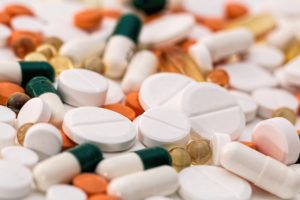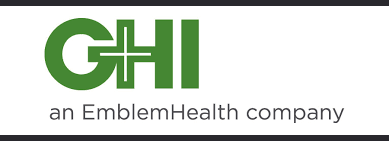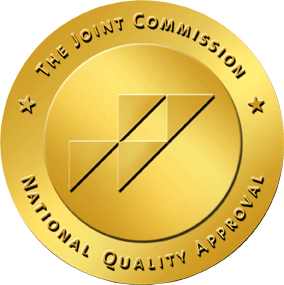In the past few years, Urine Testing has turned into a multi-billion dollar industry and labs and clinicians are making a killing. Some practitioners make 80% of their money from urine testing alone and may spend as little as 20% of their work hours with patients. When families receive their bill after urine testing, the first thought that runs through their head is often “they must have accidentally misplaced the decimal point.” However, the outrageous bills are not clerical errors; labs and clinics are intentionally charging up to hundreds of thousands of dollars just to check patients’ pee.
Drug testing is an important part of many addiction treatment plans. It increases patient accountability which goes a long way to prevent relapse. When patients know they’re getting tested, they won’t be tempted to use in secret because they won’t be able to hide the traces of drugs in their bodies. Before opportunistic clinics and labs found out about the potential liquid gold mine of urine testing, this practice wasn’t such a financial burden. Affordable tests like these, with prices ranging from just 2$ to the high, but still justifiable 172$ were enough to keep recovering addicts accountable.
Now though, if you find yourself in the wrong facility, one single pee test can run you about $18,000.
Yes, $18,000! No typos here, that comma is right where it should be.
This young mom received a shocking bill for exactly $17,850 for one single urine test performed after she’d been given a short-term prescription for opioid painkillers after back surgery.
For this recovering addict, a young man going by Mr. Baker, his course of routine urine testing amounted to nearly $260,000. His sober living home and his rehab facility had both ordered tests to check for countless legal and illegal drugs, most of which had nothing at all to do with his personal history of drug use. They also ordered high-tech confirmation tests even when the pee showed up completely clean in the first place. When steroids were found in his belongings (not even on the expensive urine screens!) he ended up being evicted from his sober living home and overdosed on heroin within a short time.
These tragic and unfortunate stories go to show that urine fraud is not a victimless crime. Real families are getting tricked into placing their trust in fraudulent facilities who care more about billing than providing any meaningful help.
To put this problem into perspective, we’re going to list 5 things that cost less than fraudulent urine tests.
1. The entire budget for the Environmental Protection Agency (EPA)
Kaiser Health News and the Mayo Clinic worked together to analyze how much Medicare and private insurers are spending on urine testing. They found that between 2011 and 2014 urine test expenses quadrupled, and amounted to $8.5 billion dollars which is more than the EPA’s entire budget. Now, in 2018, that number is expected to be much, much higher which raises the question, what better applications are there for so much money?
2. A Brand New Water System for Flint, Michigan
The amount of money we’re losing as taxpayers and insurance customers to fraudulent labs in Florida alone could easily cover the costs of replacing Flint’s lead-poisoned water system 18 times over. Florida’s urine testing industry generates $1 billion dollars per year, and the cost to replace Flint’s water system is estimated at only $55 million.
3. Full courses of 3-month Inpatient Rehab for 4-21 different People
The $260,000 charges for Mr. Baker’s course of urine testing could have paid for a full course of inpatient rehab for 4-21 individuals. The cost of 3-month inpatient rehab programs ranges from $12,000-$60,000. On the low end, Mr. Baker’s urine testing could have paid for intensive rehab for 21 people, and on the high-end, 4 people.
On a larger scale, how many lives could we save with the resources going into the pockets of greedy lab owners and practitioners?
4. Naloxone kits for major US Cities
Naloxone is an emergency drug used to instantly reverse an opioid overdose. The city of Washington DC reports spending about $170,000 on naloxone in 2017. So, Mr. Baker’s urine testing could have paid for all of Washington DC’s naloxone expenses with nearly $100,000 to spare.
Many people are opposed to non-profit programs aimed to increase the availability of this life-saving drug because they argue that the money could be used more effectively. Well, those opponents should find it more worthwhile to combat urine testing fraud if they want to see their money spent on more important causes.
5. Nearly 2 years of the budget needed for national public Opioid Addiction Treatment
Senate leaders have proposed a $45 billion dollar addition to the health care bill which could expand the availability of opioid addiction treatment. Considering we’re facing epidemic rates of overdose and addiction, this budget increase could make a huge impact on society. The New York Times explains that that money would be disbursed as grants to the fifty states over the course of 10 years.
Based on that $8.5 billion dollar estimate, the urine testing industry could fund nearly 2 years worth of that government spending.
Addicts are a vulnerable population; they look to clinics and rehabs for help when they find themselves lost, confused and sick. Programs that choose to cash in on the urine testing industry do not deserve their trust, and we need these facilities to start testing more responsibly or get out of the business.














